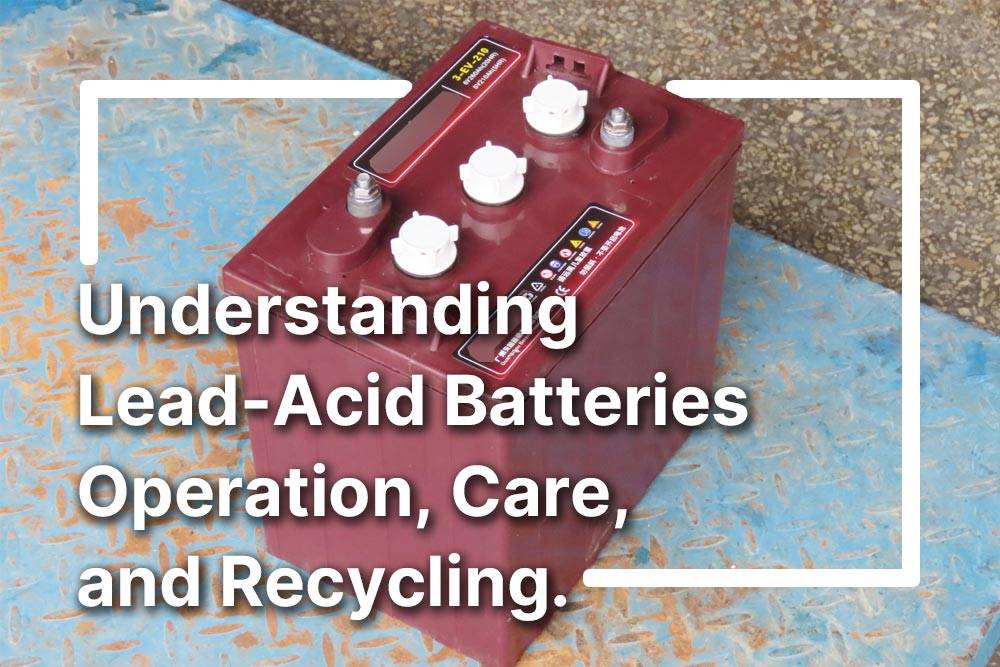
Lead-acid batteries, prevalent in vehicles and backup systems, operate through a chemical reaction between lead plates and sulfuric acid. Charging sequences and maintenance impact their lifespan, typically lasting 3 to 5 years. Recycling old batteries responsibly ensures environmental protection and material reuse. A lead-acid battery is a robust and reliable power source commonly found in automobiles, motorcycles, boats, and even backup power systems. It consists of lead plates submerged in an electrolyte solution of sulfuric acid. The chemical reaction between lead and sulfuric acid generates electrical energy through a series of electrochemical processes.
flooded (wet cell) and sealed (valve-regulated lead-acid or VRLA), each designed for specific applications. Flooded batteries require periodic maintenance to top up the electrolyte levels, while sealed batteries are maintenance-free due to their design that recombines gases within the battery. Lead-acid batteries boast high surge currents, making them ideal for starting engines or providing short bursts of power. Despite facing competition from newer technologies like lithium-ion batteries, lead-acid batteries remain popular due to their cost-effectiveness and proven reliability over decades.
Understanding Lead-Acid Batteries usually lasts around 3 ~ 5 years with proper care. Regular maintenance like checking water levels and following charging instructions helps prolong their lifespan. If your battery shows signs of decline, such as decreased performance, it’s time for a replacement to avoid disruptions in power supply. Looking to revive a 12V lead-acid battery? Try using a desulfation charger to break down sulfation buildup, or perform an equalization charge to balance the cells. Follow safety guidelines and regular maintenance practices to enhance battery life. Assess the battery’s condition before attempting restoration methods, as not all batteries can be restored.
Looking to revive a lead acid battery? Try these simple methods! Use an equalizing charger to balance the battery cells or desulfation to break down sulphate buildup. Regular maintenance and proper charging habits can also help extend battery life. With these steps, you can potentially restore your lead acid battery’s performance and efficiency, avoiding premature replacements. Ever wondered how to bring back life to a lead acid battery that’s losing its spark? Well, fret not! There are some easy methods you can try to rejuvenate it and make it last longer.

